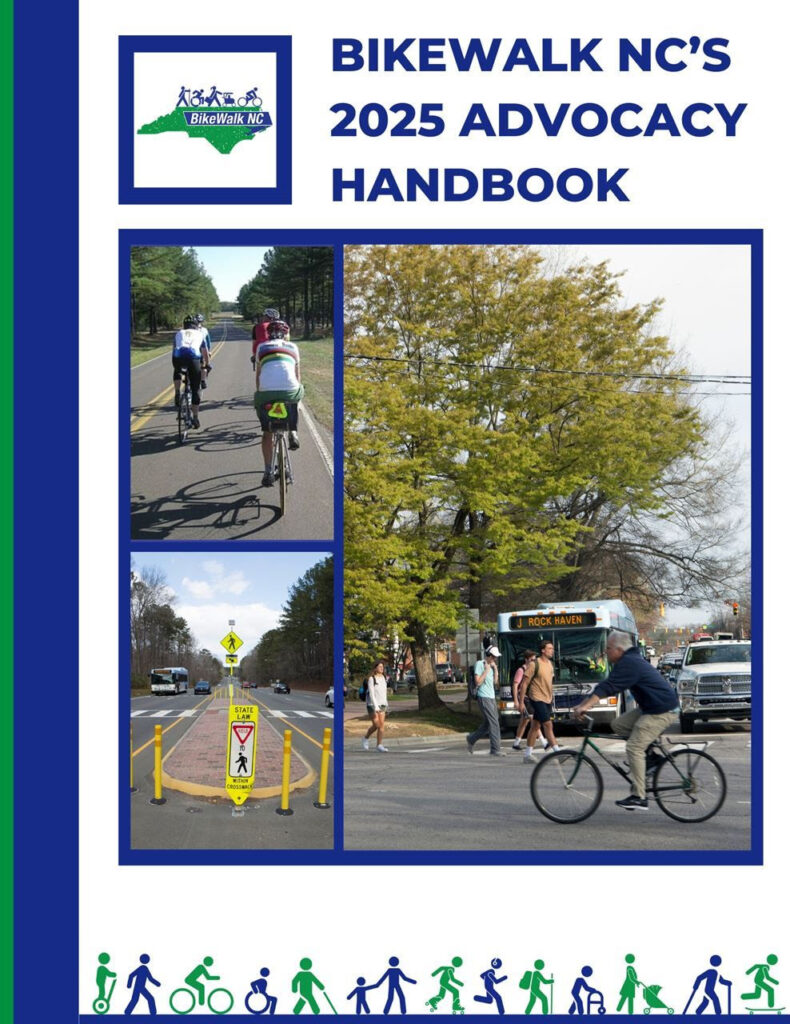On Friday, November 7th, BikeWalk NC’s Executive Director, Terry Lansdell, spoke at the 2025 Triangle Bicycle and Pedestrian Workshop held in Holly Springs. Terry delivered an engaging presentation on the long-standing statutory restrictions that limit North Carolina’s ability to invest in standalone bicycle and pedestrian projects. He walked through the “fine print” language that has shaped the state’s transportation landscape for decades and explained how these barriers directly impact community safety, mobility, and local planning decisions.
Terry highlighted how small pieces of legislation can have big, long-term consequences for people walking, rolling, and biking, and why modernizing these statutes is essential for reducing crashes and creating safer, more accessible streets statewide. He also emphasized the growing momentum among local leaders, agencies, and advocates who want to see meaningful policy updates.
BikeWalk NC continues to educate partners and community members about the policies that shape transportation safety and to advocate for evidence-based solutions that improve everyday travel for North Carolinians. For more information about our advocacy work or to request a presentation for your community, you may reach us at contact@bikewalknc.org.
